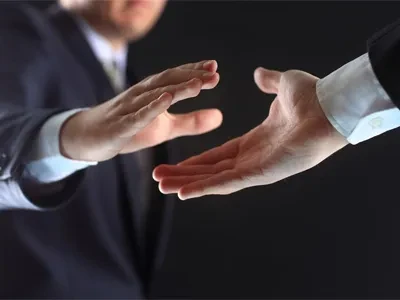Jacquard fabric is a type of textile renowned for its intricate and elaborate patterns. Unlike regular fabrics where patterns are printed on the surface, Jacquard patterns are woven directly into the fabric during the weaving process. This is made possible by the Jacquard loom, a revolutionary invention that uses a system of punched cards to control the movement of individual warp threads.
Characteristics
Pattern Precision: Jacquard fabrics can feature highly detailed and complex designs, from simple geometric shapes to elaborate floral motifs and even portraits. The precision of the patterns is remarkable, with sharp edges and clear lines.
Versatility: It can be made from a variety of fibers, including silk, cotton, wool, and synthetic materials. Each fiber imparts different properties to the fabric, such as the luxurious feel of silk, the durability of cotton, and the warmth of wool.
Texture: The woven patterns often create a three - dimensional texture on the fabric surface, adding depth and visual interest.
Applications
Fashion Industry: Jacquard fabrics are widely used in high - end fashion for making dresses, suits, and evening wear. The unique patterns can elevate the look of any garment, making it stand out.
Home Decor: They are also popular in home decor, used for curtains, upholstery, and bedding. The rich patterns can add a touch of elegance to any room.
Production Process The production of Jacquard fabric starts with the design of the pattern. Once the design is finalized, it is translated into a series of punched cards. These cards are then loaded onto the Jacquard loom, which controls the raising and lowering of individual warp threads as the weft threads are woven through. This process allows for the creation of the desired pattern in the fabric.









